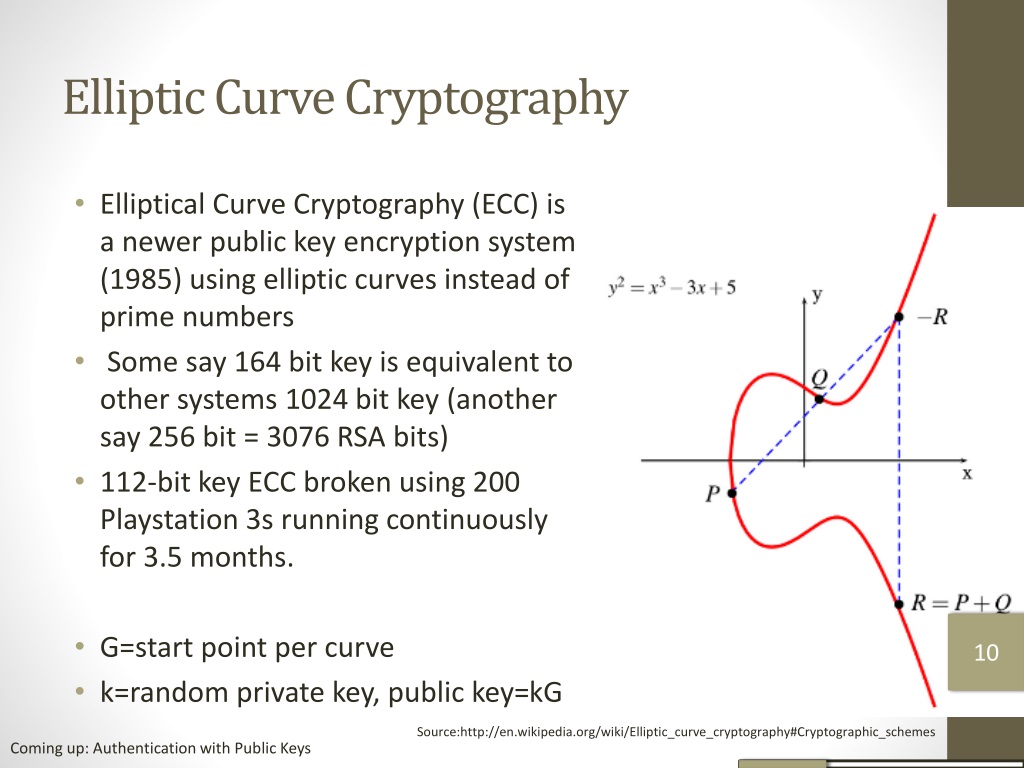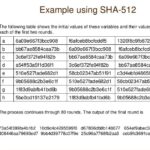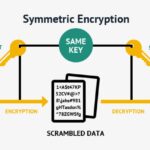In the domain of cryptography, elliptic curve cryptography (ECC) has emerged as a veritable beacon of security, exploiting the nuances of algebraic geometry to safeguard data in a digital age fraught with vulnerability. However, as innovation relentlessly churns forward, we find ourselves standing at a precipice, gazing into the expansive horizon of cryptographic advancements. This brings forth the compelling question: What awaits us beyond the realm of elliptic curves? This inquiry forms the crux of our exploration into what lies ahead in post-elliptic curve cryptography.
To initiate our journey, it is essential to comprehend the constraints inherent in ECC. Originally designed to provide a robust framework for securing communications, ECC has proved effective in creating secure keys within a spectrum of applications, including SSL certificates, blockchain technologies, and secure messaging systems. Yet, a shadow looms. The advent of quantum computing threatens to unravel the very fabric of ECC’s security. With the imminent efficacy of quantum algorithms, such as Shor’s algorithm, traditional public-key systems become vulnerable. Thus, discovering alternatives that can withstand the looming quantum storm is paramount.
As we delve deeper, we encounter the burgeoning field of post-quantum cryptography (PQC). This area encompasses cryptographic algorithms thought to be secure against the computational might of quantum computers. The participants in this arena are not merely the next generation of cryptographers but an assembly of interdisciplinary minds, united under a singular objective: to craft resilient systems capable of withstanding quantum adversaries. The competition to establish what may become the new standard is fierce, with various contenders vying for recognition and validation, such as lattice-based, hash-based, code-based, and multivariate-quadratic-equations cryptography.
Among these contenders, lattice-based cryptography has emerged as a prominent vanguard. By leveraging the hardness of mathematical problems rooted in lattice structures, such as the Shortest Vector Problem (SVP), lattice-based schemes are not only resistant to quantum attacks but also demonstrate a delightful versatility in various cryptographic applications—from public-key encryption to digital signatures. The intricate geometrical play of lattice points creates a tapestry of complexity that, at first glance, may appear inscrutable but harnesses profound mathematical elegance.
Hash-based cryptographic systems also deserve our moment of attention. These systems, which employ hash functions to create digital signatures, evoke the resilience of a fortress built of stone—solid and steadfast, impervious to the shifting tides of technological advancement. The notable example, the XMSS (eXtended Merkle Signature Scheme), anchors itself in the intuitive simplicity of hash functions while remaining a robust solution against quantum threats. However, the revisions necessary for seamless integration into existing systems pose practical challenges; the latest iterations necessitate enhanced computational resources and infrastructural adjustments.
Turning our gaze toward multivariate-quadratic-equations cryptography, we find ourselves amidst a burgeoning complexity. It is akin to navigating a labyrinthine plot where every turn presents the risk of entanglement. This system operates through the resolution of systems of multivariate polynomial equations, making it theoretically resistant to both classical and quantum attacks. As alluring as the promises may be, these protocols are yet to reach a maturity that ensures their wide-scale adoption, primarily due to their high public key and signature sizes, creating hurdles in practical implementation.
Post-elliptic curve cryptography does not merely linger on the periphery as a response to quantum threats; it also embraces the transformative phase heralded by developments in cryptographic primitives. For instance, homomorphic encryption stands at the intersection of privacy and functionality. Imagine an ecosystem where data can be processed without being decrypted—this presents a compelling possibility for cloud computing and beyond, enabling operations on encrypted data and preserving confidentiality. Yet, the monumental computational overhead and inefficiency of current implementations remain a considerable barrier to entry.
In addition, supplanting traditional ECC with novel cryptographic systems introduces a plethora of challenges tied to standards and interoperability. The road to acceptance is fraught with rigorous evaluation processes and collaborative efforts on both national and international fronts. Whether it is the National Institute of Standards and Technology (NIST) diligently working to standardize post-quantum algorithms or industries striving to merge old and new paradigms, the synergy required for a seamless transition cannot be underestimated. The coexistence—nay, the harmony—of ECC and its successors, speaks to a profound narrative where legacy meets innovation.
Moreover, the potential application of quantum key distribution (QKD) has sparked vibrant discussions within the cryptographic community. This technique ingeniously utilizes the principles of quantum mechanics to exchange keys with an inherent guarantee of privacy, laying the groundwork for an ephemeral yet infinitely secure communication infrastructure. However, the dizzying spectrum of challenges—from hardware constraints to the intricacies of quantum states—ensures that QKD will not replace traditional methods in the near future but will exist as a complementary technology.
In conclusion, as we stand at the threshold of this new era in cryptography, it becomes increasingly clear that the journey beyond elliptic curves is laden with complexity and promise. The resonance of lattice-based systems, the simplicity of hash-based signatures, the intricate dance of multivariate equations, and the enigmatic allure of quantum mechanics culminate in a rich tableau, beckoning cryptographers to explore uncharted territories. Indeed, while elliptic curve cryptography may have carved out its niche, post-elliptic advancements are poised to redefine the landscape, ensuring that the quest for security remains ever-evolving, an odyssey as intricate and profound as the very mathematics that underpins it. As the digital age marches forward, the horizons of cryptography will continuously expand, revealing new challenges and opportunities in equal measure.








Leave a Comment